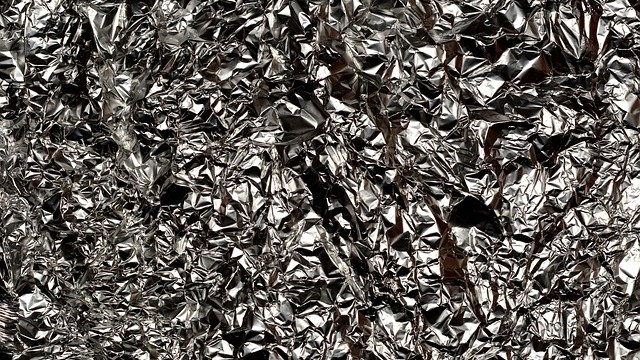
JRC: Huge emissions cuts to be made in aluminium
The adoption of eco-friendly, innovative technologies could slash the direct greenhouse gas (GHG) emissions of aluminium production by 66% in 2050, and reduce the associated energy consumption by 21%, according to a new report from the Joint Research centre (JRC).
For primary aluminium production, the reductions between 2010 and 2050 could be even higher at 72% in GHG emissions and 23% in associated energy consumption.
These findings stem from an analysis of the current status of the aluminium industry in the EU28 and Iceland, which quantifies the potential for GHG emission reduction and energy efficiency.
In the study, JRC scientists compiled data on existing aluminium production facilities, their production characteristics, and the best available and most promising innovative production technologies.
The analysis, which identified cost-effective improvements in aluminium production at facility level and the impact of their implementation on energy consumption and GHG emissions, showed that most of the resulting reductions come from technologies that are in early stages of research (e.g. inert anodes of technology readiness levels (TRL) four or five, or even CCS, which is at an even lower TRL).
The report therefore concluded that harnessing this potential will require an effective policy push to create the right conditions to allow the further development and commercialisation of these innovative technologies. This finding supports the commission’s 2015 Energy Union package, which, among other topics, highlights the need for additional research priorities such as CCS and inert anode technology to reach the 2050 climate objectives in a cost-effective way.
Among these objectives is an 80-95% emissions cut in the context of necessary reductions by developed countries as a group.



